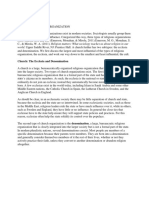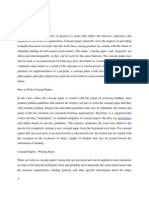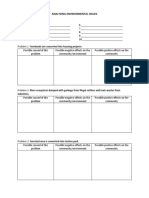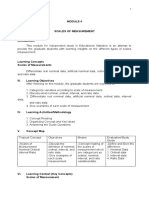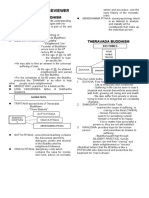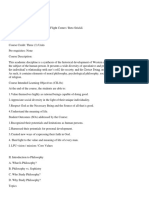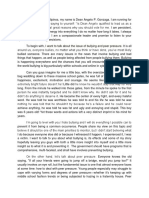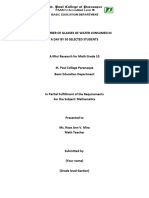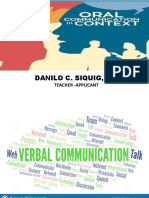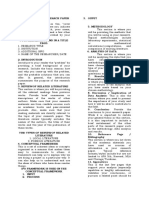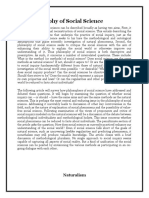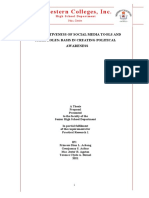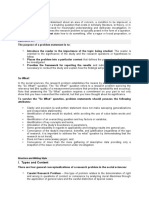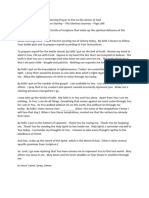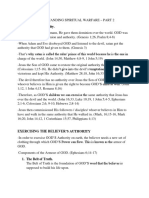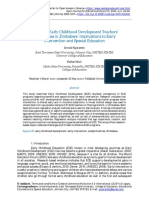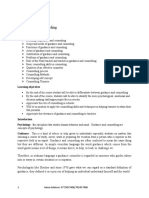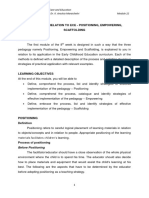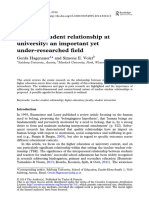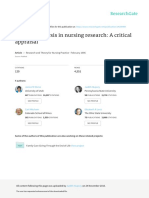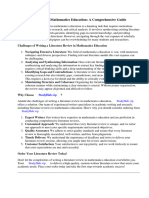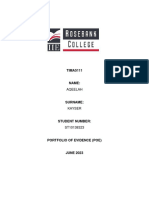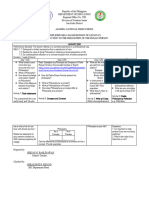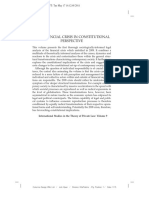0% found this document useful (0 votes)
554 views5 pagesTopic 1: Conceptualization of Research Problem
The document provides guidance on conceptualizing a research problem in three parts:
1. It defines key research concepts like concepts, research problem, and practical problem.
2. It explains how to identify a research problem by specifying objectives, reviewing context, and exploring the nature of the problem.
3. It distinguishes between a practical problem in the real world and a research problem, noting that solving a research problem provides knowledge to address the practical problem.
Uploaded by
TUNGWAPE MIRIAMCopyright
© © All Rights Reserved
We take content rights seriously. If you suspect this is your content, claim it here.
Available Formats
Download as DOC, PDF, TXT or read online on Scribd
0% found this document useful (0 votes)
554 views5 pagesTopic 1: Conceptualization of Research Problem
The document provides guidance on conceptualizing a research problem in three parts:
1. It defines key research concepts like concepts, research problem, and practical problem.
2. It explains how to identify a research problem by specifying objectives, reviewing context, and exploring the nature of the problem.
3. It distinguishes between a practical problem in the real world and a research problem, noting that solving a research problem provides knowledge to address the practical problem.
Uploaded by
TUNGWAPE MIRIAMCopyright
© © All Rights Reserved
We take content rights seriously. If you suspect this is your content, claim it here.
Available Formats
Download as DOC, PDF, TXT or read online on Scribd
/ 5




